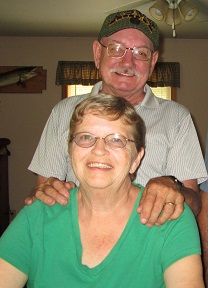Forgive my attempts at creativity, ok?
Fairchild Oak has been standing for 800 years,
Mute witness to rise of laughter, and fall of tears.
One of the largest live oaks in the South,
Oh the tales it could tell if it but had a mouth.

The branches grew to the ground near Bulow Creek,
A silent sentinel – we wish you could speak.

Travel back in time along Old Beach Road

Unchanged and rustic as those days we’re told.

Many slaves lived here, long since dead,
Cleared the trees, planting cane instead.

All that remains are these cabin foundations,

As the forest reclaimed the old plantation

A stately house hosted some prominent guests,
Painter John J. Audubon among the rest.

In his “Greater Yellow Legs” painting he gives us a peek,
Of slave cabins and hints of life at the Creek.

Ruins remain of the once prosperous mill

That became known far and wide as Bulowville.

Sugar was made here, and molasses for rum,
Making money for owners, but enemies of some.

The Seminoles came to take a stand;
They burned the house and reclaimed their land.

The house lies in ruins, leaving just this clue
Of what once was the rich life of only a few.

While the Creek flows on as nature will,

A place to enjoy, reflect, and be still.





















